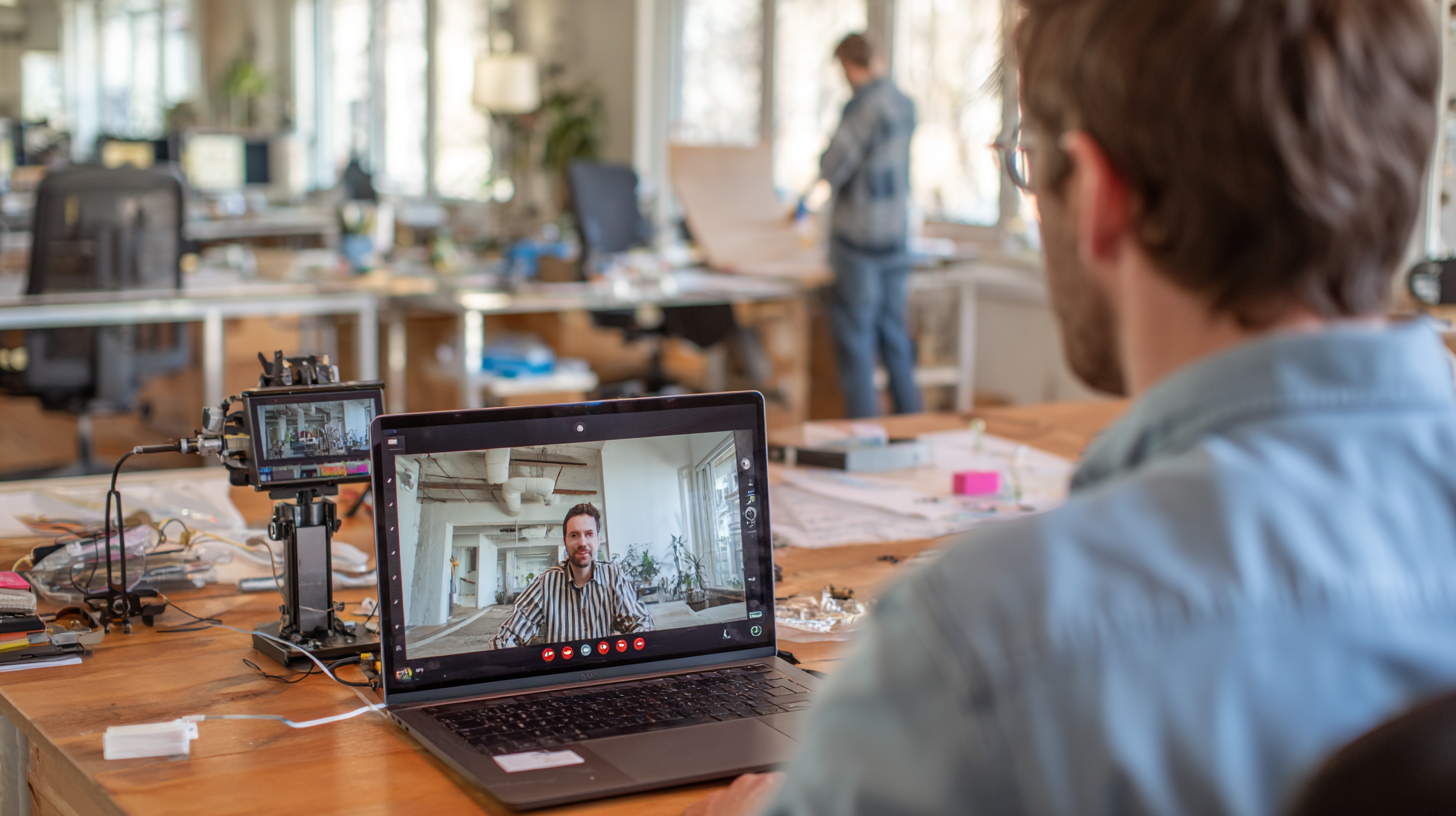When the pandemic struck, UX research transformed overnight. In‑person usability labs and face‑to‑face interviews gave way to remote testing, inviting researchers and participants into a new digital-first world. The lessons learned during that era are no longer a temporary workaround—they have reshaped how UX research operates today.
Pre‑Pandemic UX Research: The Old Normal
Before 2020, research was dominated by lab-based studies and moderated sessions in physical test facilities. Remote methods were secondary—used only when necessary—and recruiting outside major hubs was costly and slow.
Pandemic Shift: Remote Goes Mainstream
As COVID‑19 restrictions tightened, remote UX research became the only option. According to studies, nearly 90% of UX researchers worked exclusively from home at the pandemic’s start, including many who rarely did so previously.
Researchers shifted rapidly to synchronous remote sessions and unmoderated online studies. Virtual tools became essential for recruiting, moderating, analyzing, and sharing findings. The focus shifted to web-based, asynchronous research and global participant pools.
Post‑Pandemic: What’s Here to Stay
Hybrid work has become permanent. Statistics from U.S. sources show remote work stabilized at about 30–35% of working days by 2023, up from under 10% before COVID‑19. Remote work endured even as many firms pushed for office returns, suggesting flexibility is now expected.
In UX specifically, a 2023 survey found that 87% of researchers conducted most research remotely, although fully remote work dropped from 89% in 2021 to 51% in 2023.
Benefits and Constraints: What Changed
Remote methods unlocked flexibility, geographic diversity in recruitment, and faster turnaround times. Researchers reported unexpected gains: broader participant pools, asynchronous scheduling, and easier recording and sharing of sessions.
However, challenges emerged: participants faced “Zoom fatigue,” technical issues, time-zone coordination, and reduced richness in observational data.
New Landscape: Emerging Opportunities & Risks
AI and automation are reshaping research practices: 51% of UX researchers already use AI tools, and 91% are open to adopting them in the future.
Inclusivity and representativeness are more important than ever, especially as teams scale and research global audiences.
Recommendations for Product Teams
- Adopt a hybrid research model, combining moderated remote sessions for scalability with in-person tests for contextual or high-fidelity studies.
- Invest in remote UX tooling, using platforms like Userlytics, UserTesting, Maze, and Lookback to support both moderated and unmoderated studies .
- Use AI wisely: automate transcription, tagging, and insight sorting, but always ensure human review to avoid bias.
- Recruit inclusively: source participants across geographies and device setups, and prepare contingencies for technical or motivational variability.
- Design ergonomics for remote studies: keep sessions under an hour, allow breaks, and combat fatigue with clear protocols and engaged moderation.
The pandemic didn’t just trigger temporary change; it accelerated a permanent shift in UX research. Remote-first is here to stay, but the future lies in well-balanced hybrid strategies supported by AI and inclusive methods.
At UX GIRL, we help you navigate this new terrain—designing research plans that blend remote speed with in-person depth, ensuring higher ROI, broader insights, and user‑centered impact.





.jpg)
.svg)

.jpg)
.jpg)
.jpg)








